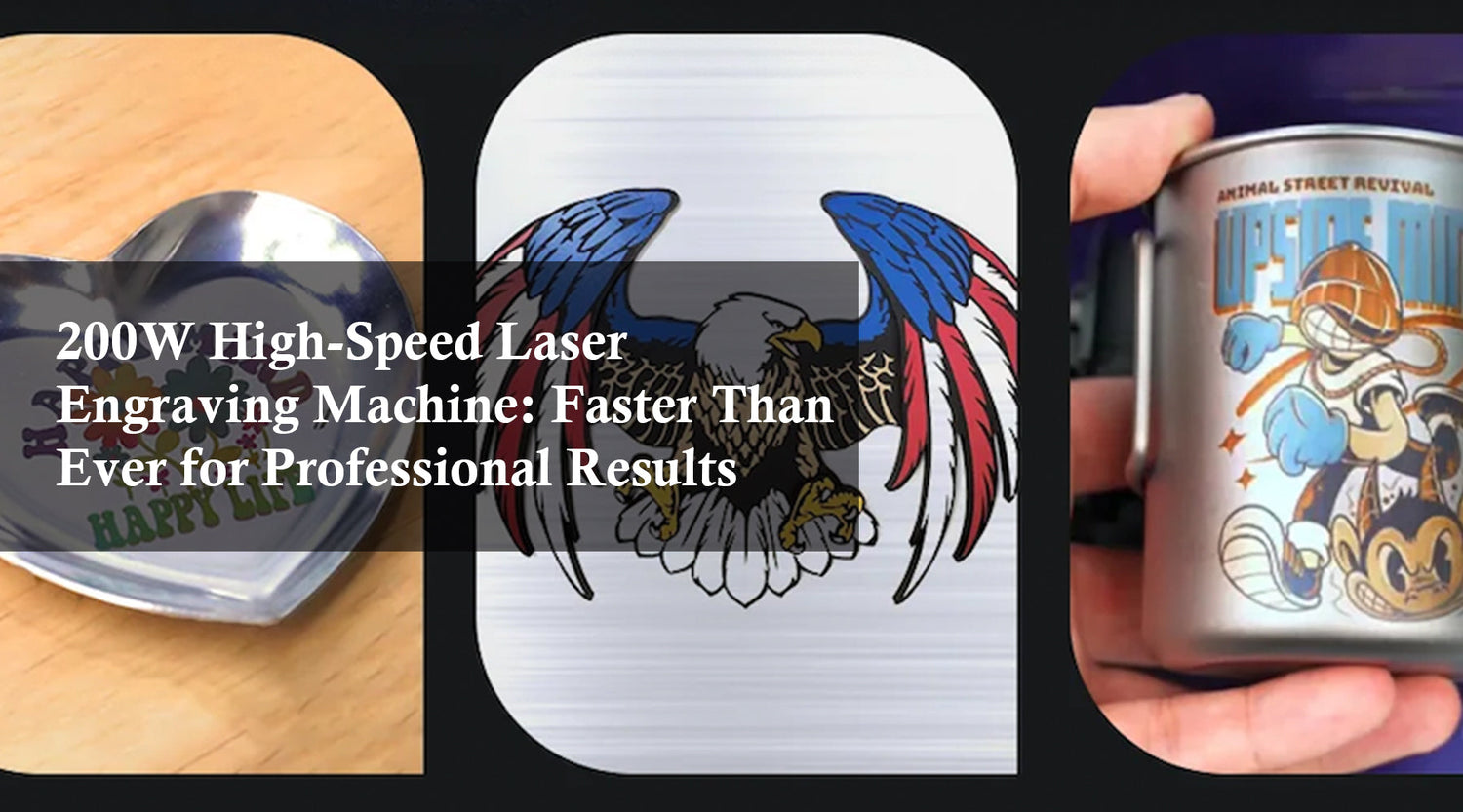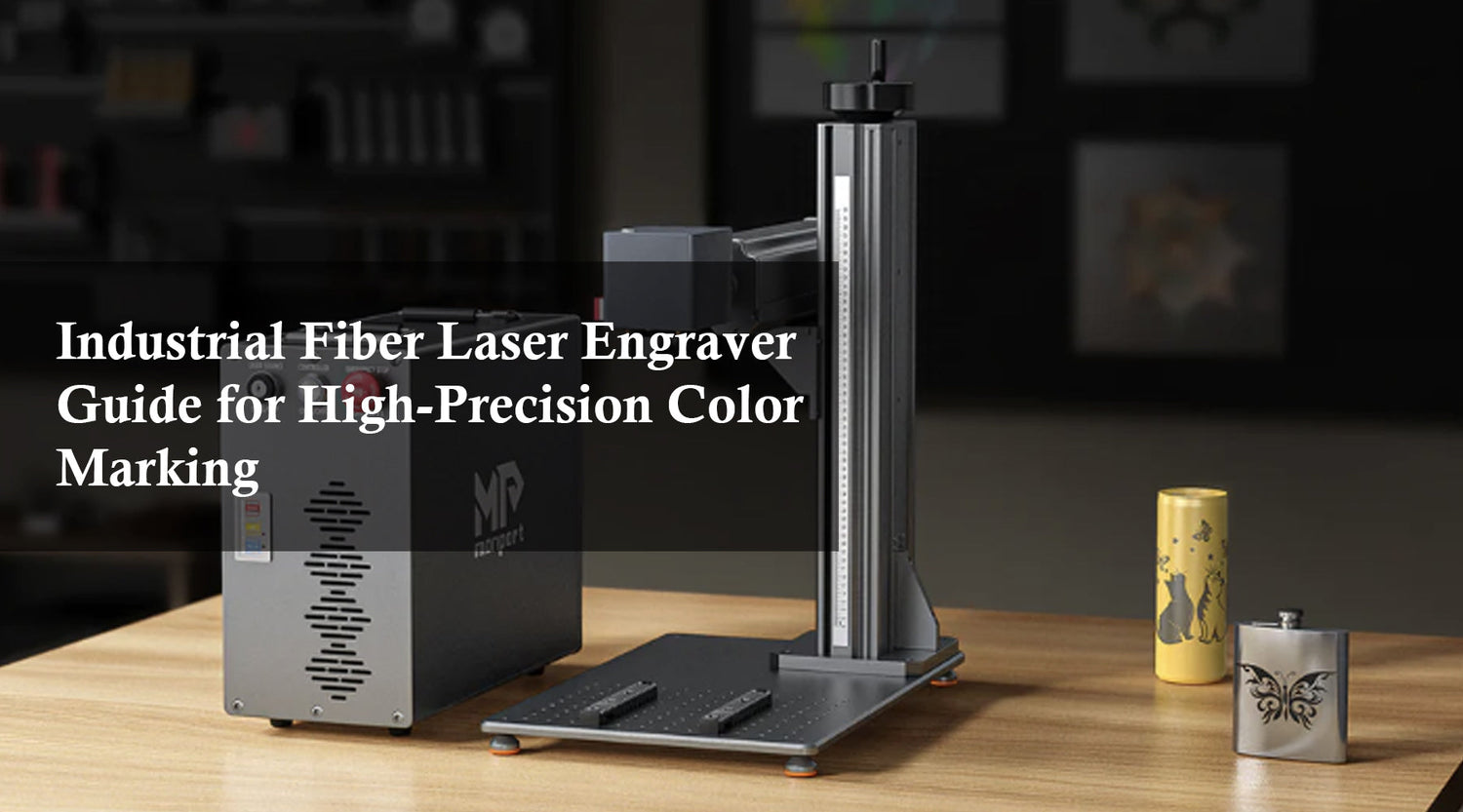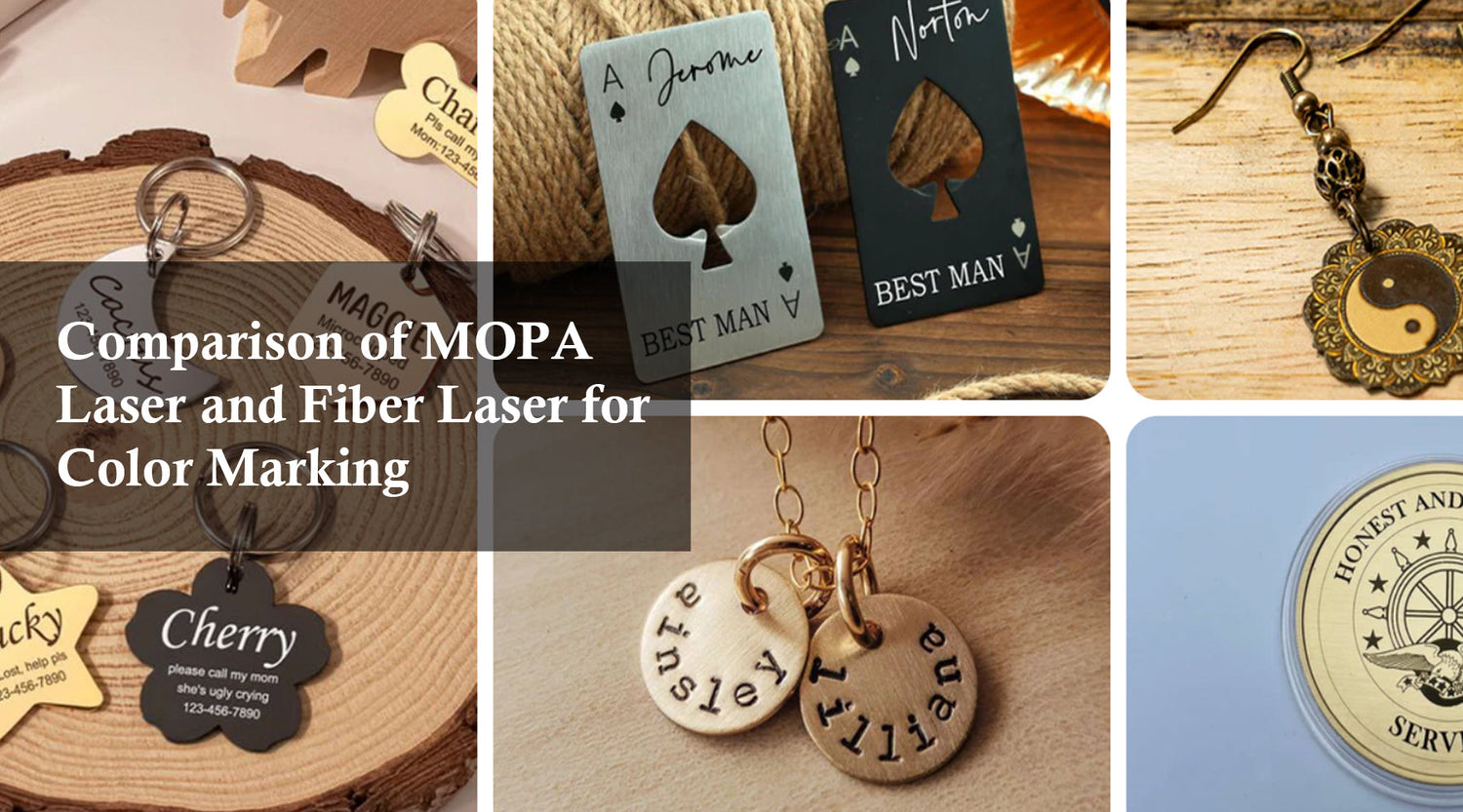The charm of handmade make rubber stamps adds a personal touch to stationery, artwork, and even packaging. But carving intricate designs by hand can be time-consuming and require a steady skillset. Fortunately, laser engraving technology has revolutionized the world of laser cnc machine on how to make rubber stamps, making it accessible to crafters of all levels.
This comprehensive guide dives into the exciting world of creating your own rubber stamps using a laser engraver and rubber stamps making tools, specifically the Monport 40w Desktop Laser Engraver.
Monport 40W Pro Lightburn-Supported (12" X 8") CO2 Laser Engraver & Cutter with Air Assist - 40W Pro
Unlock Big Savings at Monport Laser! Use code BESTMP10 at checkout for an exclusive discount – Click here to shop now!
ReadMore : The Ultimate Guide to Laser Engraving Rubber Stamps
Why Choose Laser Engraving for Making Rubber Stamps?
Laser engraving offers several advantages over traditional hand-carving methods and laser cnc machine for making rubber stamps:

- Precision and Detail: Laser engravers deliver exceptional precision, allowing you to create intricate designs with sharp lines and crisp details that might be difficult to achieve with manual carving and laser cnc machine.
- Speed and Efficiency: Compared to hand-carving and laser cnc machine, laser engraving significantly reduces the time it takes to create your rubber stamp. This allows you to experiment and create multiple designs quickly and easily.
- Versatility: Laser engravers can work with various rubber stamp-making materials, including natural rubber and synthetic photopolymer, offering greater flexibility for your crafting projects.
- Ease of Use: Modern laser engravers, like the Monport 40w Desktop Laser Engraver, come with user-friendly software that simplifies design creation and engraving control. This makes them ideal for beginners with no prior engraving experience.
Essential Rubber Stamps Making Tools with a Laser Engraver:

- Laser Engraver: The Monport 40w Desktop Laser Engraver is a perfect choice for beginners due to its user-friendly features, affordability, and compatibility with various materials.

- Rubber Stamp Material: Choose a laser-engravable rubber stamp material, such as natural rubber or synthetic photopolymer. Consider the type of ink you plan to use and the desired stamp impression depth when selecting your material.

- Design Software: Most laser engravers work with design software like Lightburn. Lightburn allows you to create your own designs or import pre-made images for engraving.

- Computer: You'll need a computer to run the design software and connect to your laser engraver or laser cnc machine.
A Step-by-Step Guide to Make Rubber Stamps with Laser Engraving

Step 1. Design Creation: Using your chosen design software, create your desired stamp image. Ensure your design is in a format compatible with your laser engraver's software.
Step 2. Material Preparation: Cut your chosen rubber stamp material to the desired size and ensure its surface is clean and free of dust or debris.

Step 3. Laser Setup and Job Configuration: Connect your laser engraver to your computer and launch the control software. Import your design and adjust settings like laser power, scan speed, and resolution based on the type of rubber stamp material you're using. Consult your laser engraver's user manual for detailed instructions on proper configuration for rubber stamp making.
Step 4. Test Engraving: Before engraving your entire rubber stamp material, perform a small test engraving on a scrap piece. This allows you to refine your laser settings and ensure you achieve the desired depth and detail for your stamp impression.

Step 5. Laser Engraving: Once satisfied with your test results, secure your rubber stamp material in the laser engraver's work area. Initiate the engraving job using the laser's control software. Monitor the process and make any necessary adjustments during engraving.

Step 6. Cleaning and Mounting: After engraving, gently clean your rubber stamp with mild soap and water to remove any residue. Allow it to dry completely before mounting it on a wooden block (sold separately) for easier stamping.

The Monport 40w Desktop Laser Engraver: Your Ideal Partner for Rubber Stamp Making
The Monport 40w Desktop Laser Engraver is specifically designed to offer exceptional value and functionality for crafters and hobbyists interested in exploring laser engraving. Here's how this versatile machine empowers you to create stunning rubber stamps:

- Exceptional Speed and Precision: With engraving speeds of up to 350mm/s and an accuracy of 0.01 inches, the Monport 40w Desktop Laser Engraver ensures crisp, detailed engravings for your rubber stamps.
- Lightburn Compatibility: The included Lightburn software compatibility allows for intuitive design creation and seamless control over your engraving process.
- Built-in Air Assist: This feature minimizes heat buildup and reduces burning or charring on the rubber stamp material, resulting in clean and clear stamp impressions.
5 Essential Tips for Making Rubber Stamps (For Beginners)
The charm of handmade rubber stamps adds a personal touch to countless projects. But before you dive into carving intricate designs, here are 5 essential tips to ensure a smooth and successful rubber stamp-making experience:
- Embrace the Power of Design: Whether you're a seasoned artist or just starting out, spend time creating or choosing a design that translates well to a stamp. Opt for bold lines and clear shapes for optimal results. Remember to mirror your design in your software to ensure the correct impression when stamped.
- Choose the Right Material: Not all rubber is created equal! Select a laser-engravable rubber material suited to your needs. Natural rubber offers a softer feel and deeper impressions, while synthetic photopolymer provides sharper details and works well with water-based inks. Consider the type of ink you plan to use and the desired stamp impression depth when making your choice.
- Master Your Laser Settings (if using laser engraving): Laser engraving offers precision and speed for creating rubber stamps. If you're using this method, experiment with settings on scrap material before committing to your final piece. Adjust laser power, scan speed, and resolution to achieve the desired depth and detail for your stamp impression. Always consult your laser engraver's user manual for specific guidance.
- Cleanliness is Key: A clean work area and rubber stamp material are crucial for achieving clear and crisp engravings. For traditional hand-carved stamps, use a soft brush to remove any debris before carving. For laser engraving, ensure the rubber surface is free of dust or fingerprints. Additionally, clean your finished stamp with mild soap and water (and let it dry completely) before mounting it for use.
- Practice Makes Perfect: Don't be discouraged if your first attempt isn't flawless. Rubber stamp making takes practice, especially with hand-carving techniques. Start with simple designs and gradually build your skills. Utilize scrap material to experiment with different carving depths and techniques. With patience and practice, you'll be creating beautiful and functional rubber stamps in no time!
Additional Tips for Creating High-Quality Rubber Stamps
- Mirror Your Design: Remember to mirror your design in your software before engraving, as the stamp impression will be the reverse of the design you create.
- Experiment with Settings: Always test engrave on scrap material before committing to your final stamp piece. This allows you to fine-tune laser settings for optimal results on your chosen rubber material.
- Cleaning and Maintenance: Clean your laser engraver's lens and mirrors regularly to ensure consistent engraving quality. Additionally, practice proper handling and storage techniques for your rubber stamps to extend their lifespan.
The Benefits of Making Your Own Rubber Stamps
Creating your own rubber stamps offers a plethora of benefits for crafters and hobbyists:
- Customization: Express your unique creativity by designing and making stamps that reflect your personal style or artistic vision.
- Versatility: Rubber stamps can be used for a variety of purposes, from embellishing cards and stationery to creating custom packaging and craft projects.
- Cost-Effectiveness: While purchasing pre-made stamps can be expensive, creating your own allows for more cost-efficient crafting in the long run.
- Sense of Accomplishment: The process of designing, engraving, and using your own custom-made stamps provides a deep sense of satisfaction and accomplishment.
Unleashing Your Creativity with Rubber Stamps
Laser engraving opens a world of possibilities for creating unique and personalized rubber stamps. Here are some inspiring ideas to spark your creativity:

- Custom Stationery: Design personalized address stamps, monogram stamps, or even decorative border stamps to add a unique touch to your stationery.

- Gift Wrapping and Packaging: Create custom stamps for gift tags, wrapping paper, or even boxes to personalize your gift-giving experience.

- Crafting and Art Projects: Rubber stamps are versatile tools for embellishing cards, invitations, scrapbooking layouts, or even fabric projects.

- Home Décor: Use rubber stamps to decorate picture frames, create custom wall art, or personalize household items.










